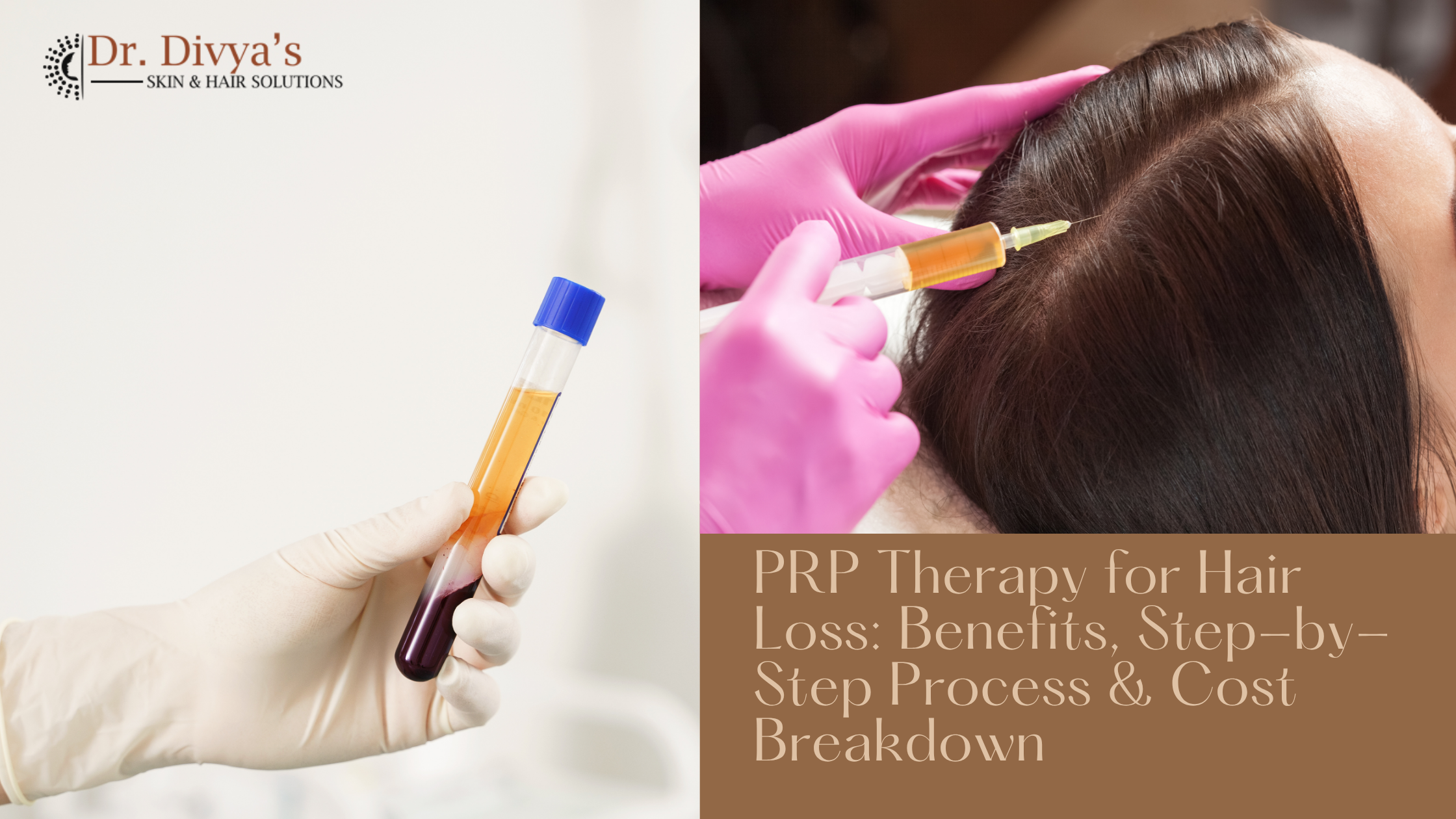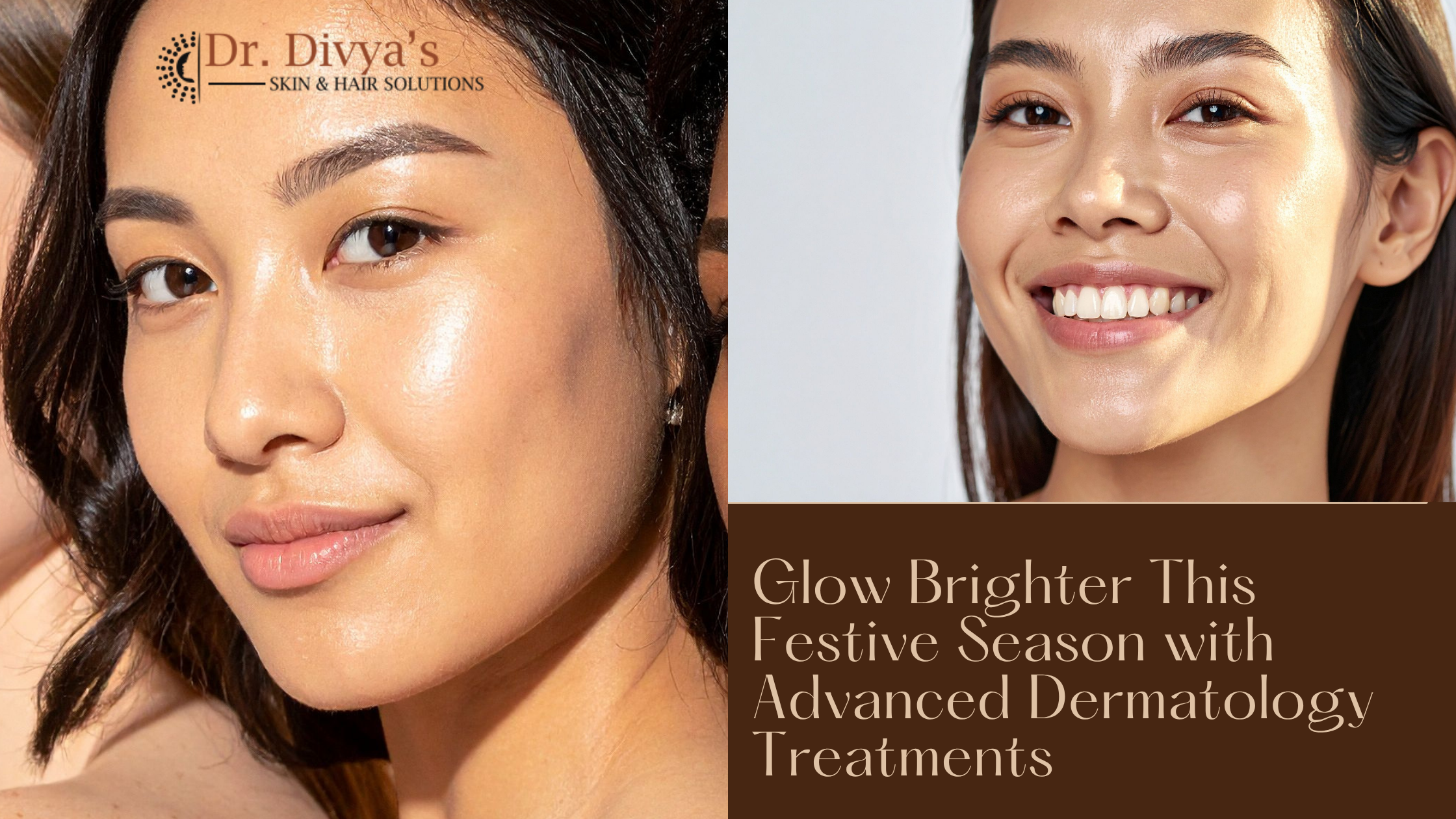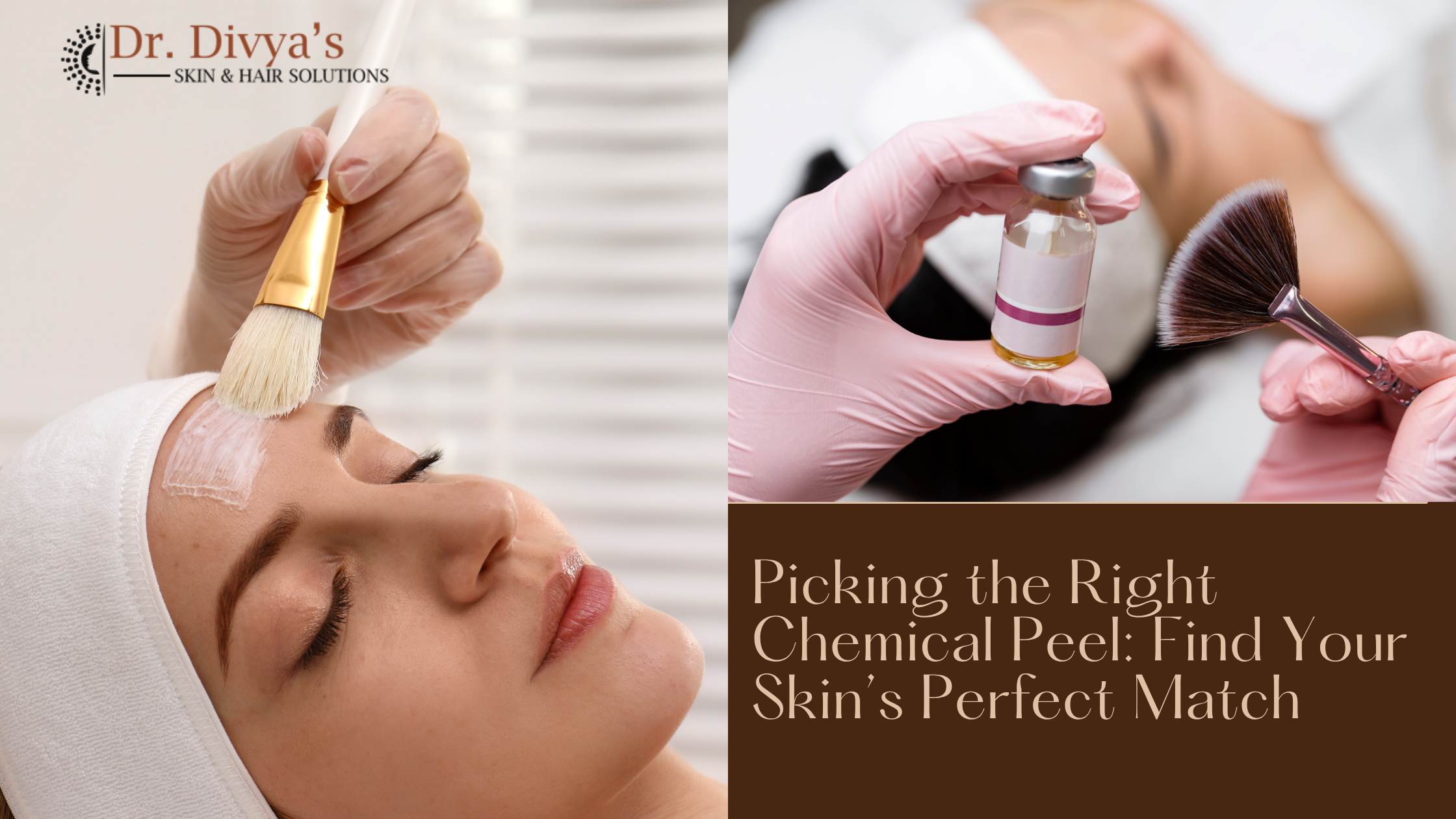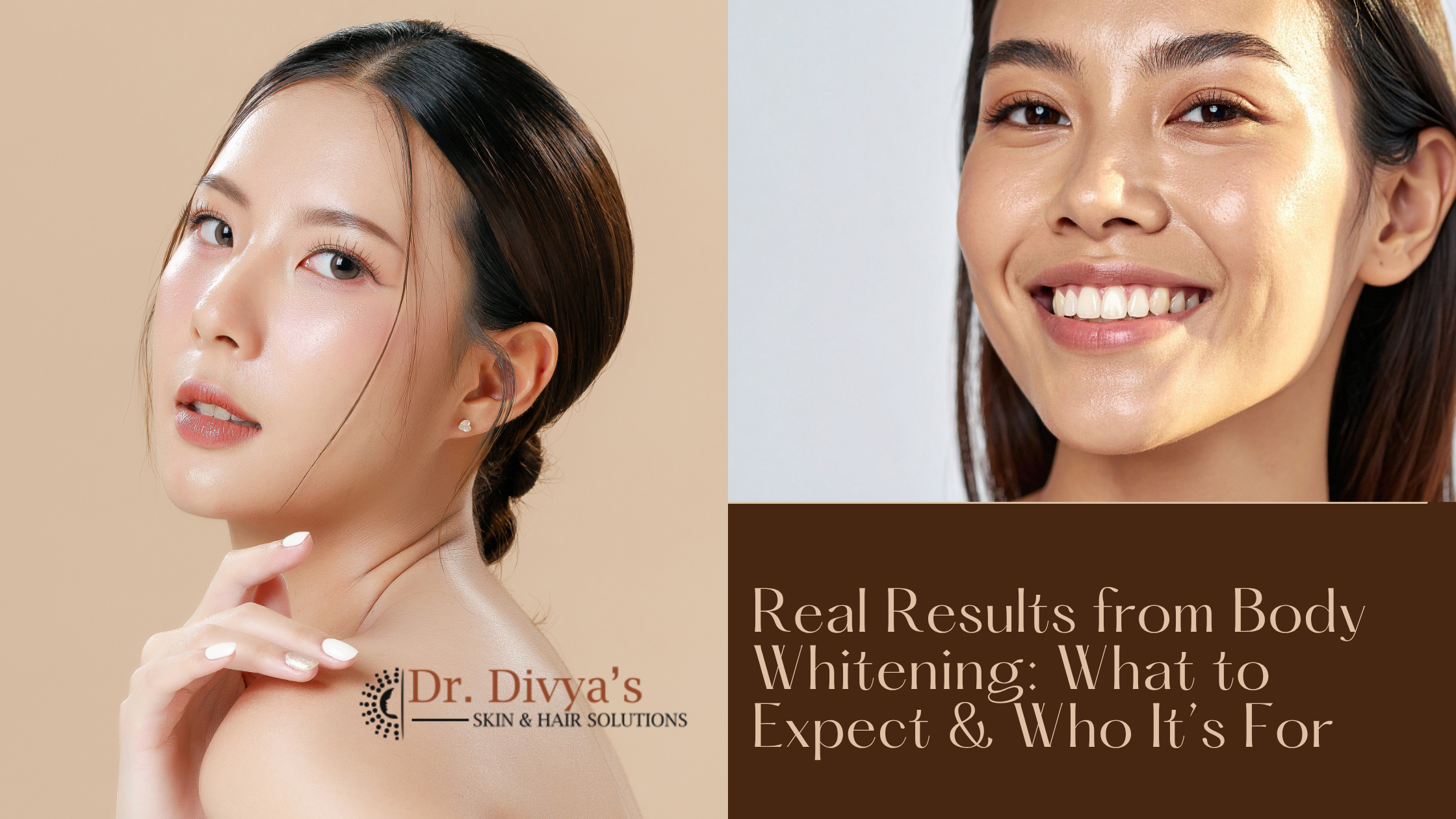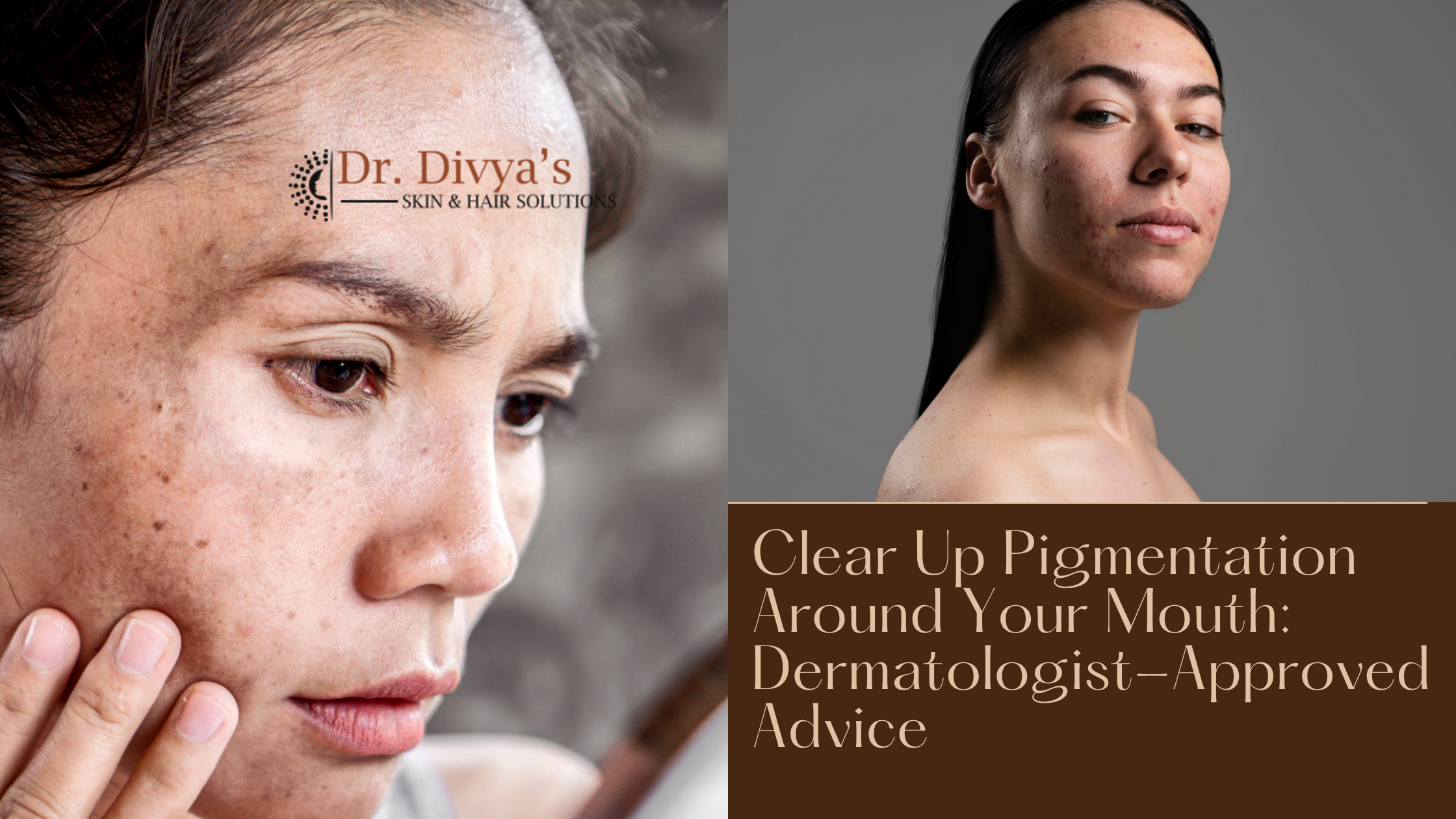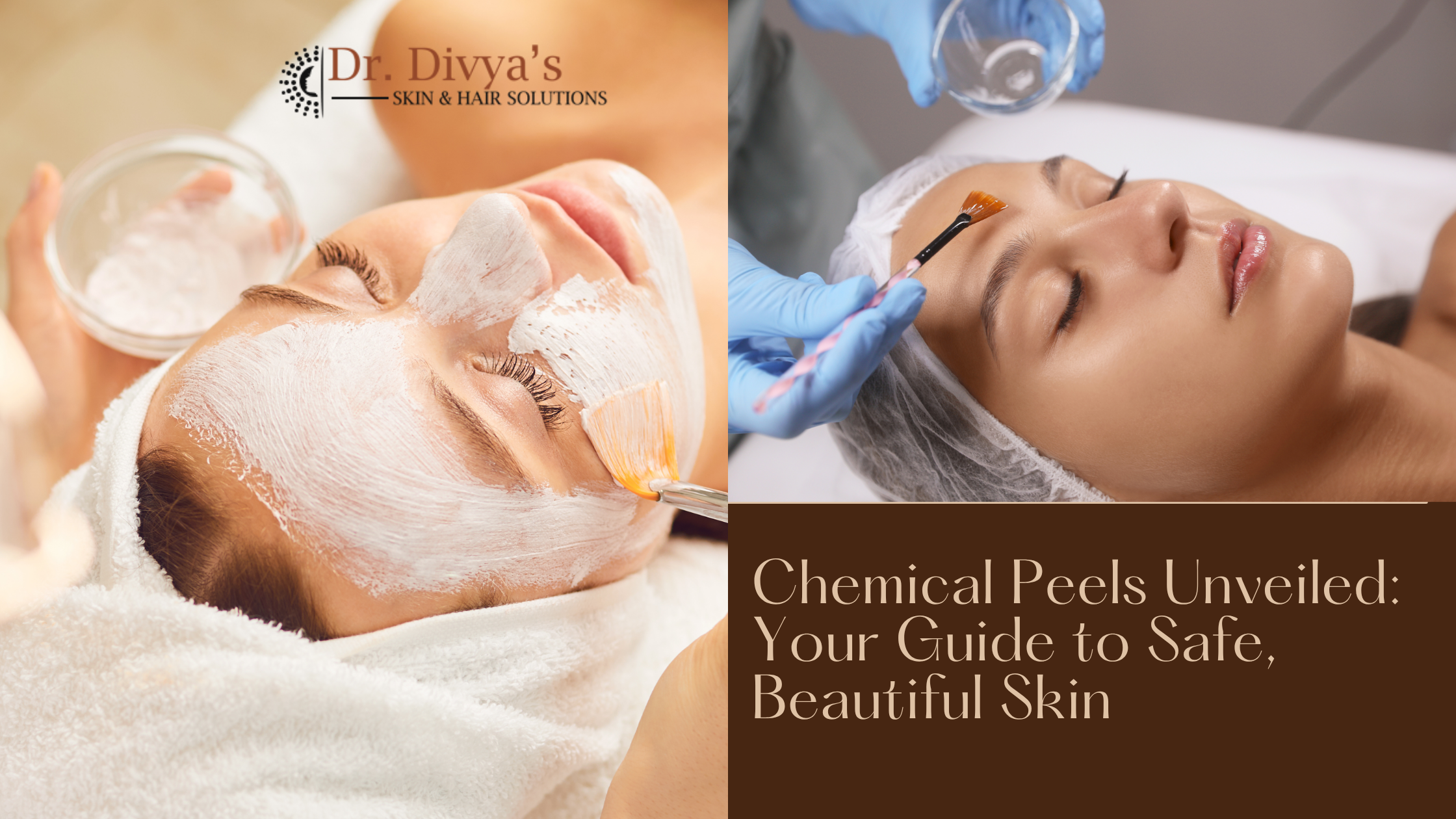Posted date on Jul 07, 2025
Hair loss is more than just a cosmetic concern-for many, it impacts self-confidence and emotional well-being. I've seen countless treatments rise and fall in popularity. But one that continues to gain trust from dermatologists and patients alike is PRP Therapy for Hair Loss.
PRP (Platelet-Rich Plasma) therapy isn't a gimmick or a quick fix. It uses your body's natural growth factors to stimulate dormant hair follicles and promote healthier, thicker hair growth. If you're looking for a non-surgical, minimally invasive, and natural solution to hair thinning or hair fall, PRP could be worth exploring. This blog will walk you through the benefits, the step-by-step PRP process, expected results, and the cost breakdown-so you can make an informed decision based on facts, not just trends.
What is PRP Therapy for Hair Loss?
PRP therapy is a regenerative treatment that uses your own blood's plasma-rich in platelets and growth factors-to stimulate hair follicles. These growth factors boost blood supply to the follicles, extend the hair growth phase, and strengthen existing strands.
It is widely recommended for:
- Androgenetic alopecia (male or female pattern baldness)
- Hair thinning or shedding due to stress or hormonal changes
- Postpartum hair loss
- Weak, dull hair growth
PRP is drug-free, chemical-free, and doesn't involve transplantation, which makes it a more natural alternative to traditional hair loss solutions.
Benefits of PRP Hair Treatment
As someone who's covered hundreds of skin and hair solutions, I can confidently say that PRP stands out because of its holistic and personalized approach. Here are some key benefits:
- Stimulates natural hair regrowth
- Improves hair thickness and texture
- Reduces hair shedding over time
- Safe and biocompatible (since it's from your own blood)
- Minimal downtime and non-surgical
Results can vary, but with regular sessions and proper follow-up care, many patients start noticing improvement within 2-3 months.
Step-by-Step PRP Therapy Process
Wondering what actually happens during a PRP session? Here's a simple breakdown of the procedure:
1. Consultation & Scalp Examination
Your dermatologist evaluates your hair loss pattern, checks scalp health, and recommends a customized PRP plan.
2. Blood Collection
Around 10-20 ml of blood is drawn from your arm-just like a routine blood test.
3. Centrifugation
The blood sample is placed in a centrifuge machine that spins it at high speed to separate the platelet-rich plasma from other components.
4. Plasma Extraction
The concentrated PRP, full of growth factors, is carefully extracted into syringes.
5. Scalp Injections
The PRP is injected into the scalp using fine needles, targeting areas where hair is thinning or receding. The entire procedure takes about 30 to 45 minutes. Most patients need 3 to 6 sessions spaced about 3-4 weeks apart, followed by maintenance sessions every few months.
PRP Hair Treatment Cost in India: What to Expect
One of the most asked questions I get is about pricing. Here's what you should know:
- Per Session Cost: ?4,000 to ?15,000
- Package Deals (3-6 sessions): ?15,000 to ?50,000
- Factors Affecting Cost: Clinic location, doctor's expertise, quality of equipment, and whether PRP is combined with other treatments like microneedling or GFC
- While PRP might seem pricey at first, it's often more affordable and safer than surgical alternatives, especially with the added benefit of zero chemicals or downtime.
Conclusion : Is PRP Right for You?
If you're tired of hair fall solutions that promise big results but deliver little, PRP offers a science-backed, natural, and safe option. It's not a miracle cure, but it's a promising therapy-especially when started early and done consistently. Always choose a qualified dermatologist, follow a healthy lifestyle, and be patient with your progress. Your hair deserves care that's as natural as it is effective.
Frequently Asked Questions (FAQs)
Q1. Is PRP hair treatment painful?
Most patients report mild discomfort during the injections, but it's very tolerable. A numbing cream is usually applied to reduce any sensation.
Q2. How soon can I see results after PRP?
You may begin to notice reduced hair fall and slight thickening in 2-3 months. Visible hair growth generally takes 4-6 months of consistent sessions.
Q3. Are there any side effects of PRP?
Since PRP uses your own blood, side effects are minimal. Some may experience slight redness, swelling, or tenderness on the scalp for a day or two.
Q4. Can PRP regrow hair on bald spots?
PRP is most effective on thinning areas or early stages of hair loss. It may not regrow hair in fully bald patches where follicles are completely inactive.
Q5. Who should avoid PRP therapy?
People with blood disorders, active infections, or chronic health issues like cancer or liver disease may not be suitable candidates. Always consult your doctor before starting.
